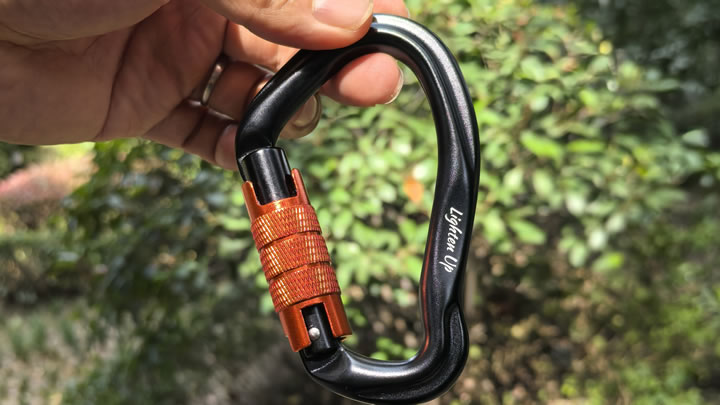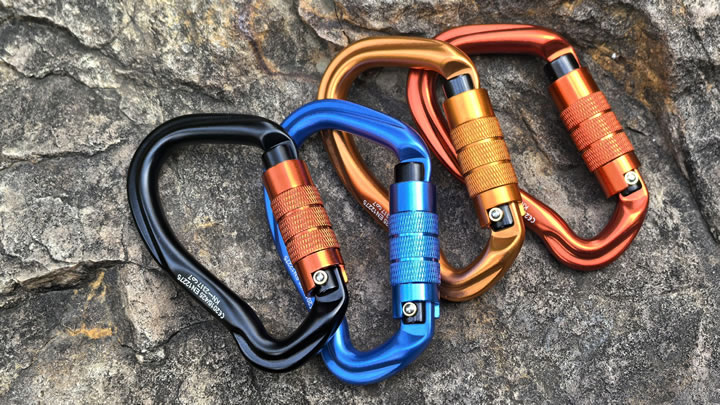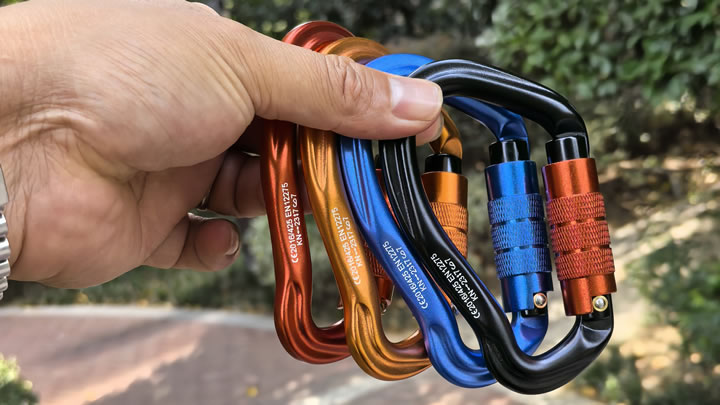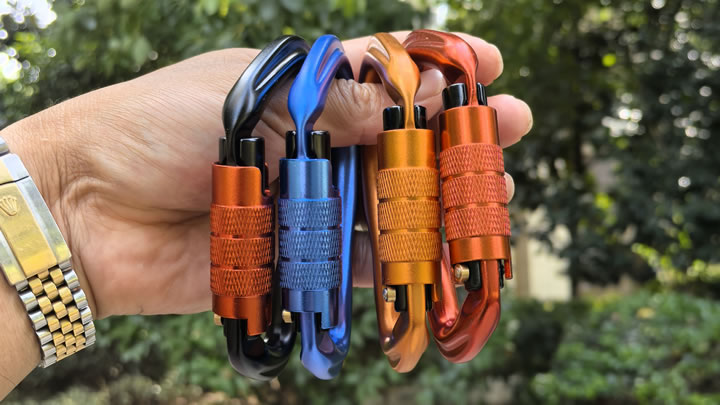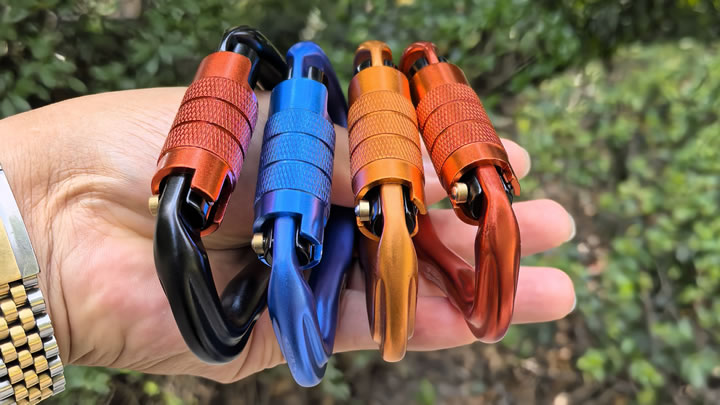How to Walk with Trekking Poles: Master the Rhythm for Stability and Efficiency
Trekking poles are fantastic tools that can transform your hiking experience, reducing impact on your joints and increasing your stability. However, many hikers never move beyond simply carrying them. The true benefit is unlocked not by having them, but by knowing how to walk with trekking poles correctly. Mastering a fluid, efficient technique will help you hike longer, feel more secure on tricky terrain, and conserve precious energy.
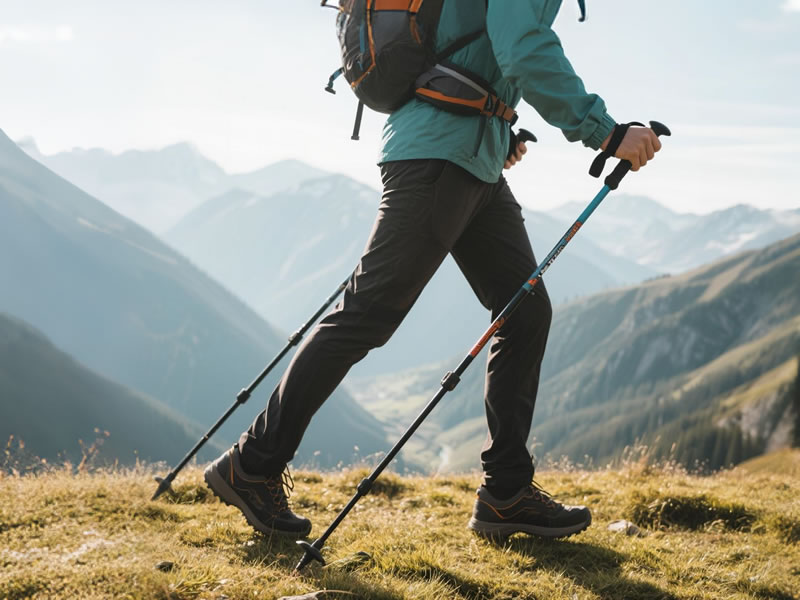
This in-depth guide will take you beyond the basics, teaching you the rhythmic technique and nuanced adjustments that make trekking poles a game-changer.
The Foundation: Proper Setup and Grip
Before you take a single step, correct setup is crucial. An improperly adjusted pole will hinder your technique from the start.
- Pole Length: On flat ground, stand upright with the tip on the floor. Your elbow should form a 90-degree angle. Shorten poles for uphill sections and lengthen them for downhill stretches to maintain this efficient arm angle.
- The Grip (It's All About the Strap): Never clutch the grip in a tight fist. Instead, slide your hand up through the strap from below, then rest the strap across your palm and grip the handle. This allows you to transfer power through your palm into the strap, enabling you to push down without a white-knuckle grip. You can even relax your fingers on the backswing.
The Core Technique: The Rhythmic "Opposite Arm, Opposite Leg" Walk
The fundamental movement for walking with trekking poles is a natural, rhythmic motion that mirrors your walking gait.
- Initiate the Step: As you step forward with your right foot, simultaneously swing your left arm forward.
- Plant the Pole: Plant the tip of your left trekking pole on the ground, slightly ahead and to the side of your right foot. It should land at a natural, comfortable point in your stride—not too far ahead, which can throw you off balance.
- Apply Power and Push: As your body moves forward over the planted pole, lean slightly into the strap and apply downward pressure. This is the "push" phase that propels you forward and takes significant weight off your legs and knees.
- Release and Swing: Once your body has passed the pole, relax your grip, release the pressure, and smoothly swing the pole forward for the next plant, ready to repeat the process with the opposite side.
This "right foot, left pole / left foot, right pole" rhythm creates a stable, efficient tripod with every step, distributing effort between your upper and lower body.
Advanced Techniques for Variable Terrain
A skilled hiker adjusts their technique as the trail changes.
Uphill:
- Shorten Poles: Slightly shorten your poles to maintain leverage without overreaching.
- Plant Closer: Plant the poles closer to your body, almost as if you are pulling yourself up the slope. Use a more forceful push to assist each step.
- Lean In: Lean forward from the ankles to keep your center of gravity over your feet.
Downhill:
- Lengthen Poles: Lengthen your poles to provide better support and allow you to stand more upright.
- Plant Ahead and Brace: Plant the pole tips slightly ahead of you and use them to brace and control your descent. They act as outriggers, absorbing shock and providing stability.
- Test Your Weight: Before committing your full weight, ensure the pole is planted securely, especially on loose terrain.
Sidehilling (Traversing):
Adjust your pole lengths to maintain balance. Shorten the pole on the uphill side and lengthen the one on the downhill side. This helps you stay vertical on a slanted surface.
Common Mistakes to Avoid
- Stabbing the Ground: Avoid a short, stabbing motion. Focus on a smooth plant and powerful push.
- Swinging Poles Too Far Forward: Planting the pole too far ahead is inefficient and can disrupt your balance.
- Dragging the Poles: Lift and swing the poles smoothly instead of dragging them behind you, which is wasteful and can be a tripping hazard.
Conclusion: Walk Farther, Feel Stronger
Learning how to walk with trekking poles is about developing a seamless partnership between your body and your gear. It’s a skill that becomes second nature with practice. By focusing on the rhythmic gait, proper grip, and terrain-specific adjustments, you will unlock the full potential of your poles. You'll discover a more stable, efficient, and enjoyable way to explore the trails, saving your energy for the breathtaking views at the top.

